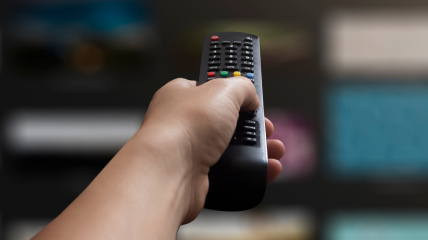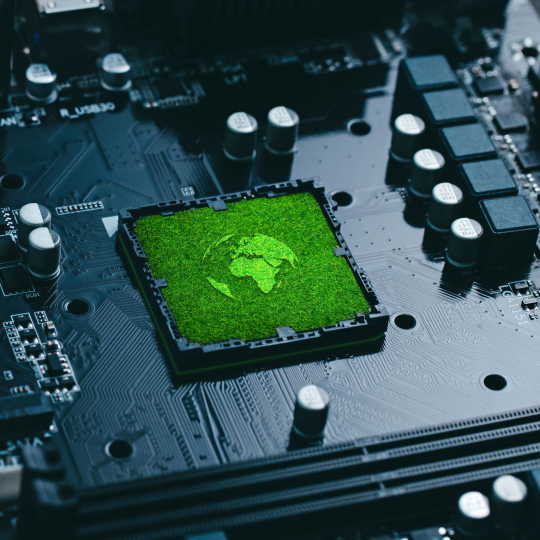
With Cordoniq
Add Smart TVs to your video collaboration platform
Imagine using your television to shop at your favorite retail stores, attend fitness classes with friends, speak with a medical doctor, or learn a new language in the privacy of your home. Partner with Cordoniq to add Android Smart TVs and cameras to your video collaboration platform.
Speak with an expertOptimize your app experience
Before immersing yourself in these virtual environments, you must first overcome some challenges to make your app experience operate smoothly on an Android TV. The typical Android TV has a passively cooled, power-limited CPU processor and GPU, that focus on a couple of distinct tasks which involve running asynchronous streaming applications and rendering videos.
On many TVs, much of the video decoding of streaming media is done with specialized chip hardware that handles VP9 and HEVC and various other codecs, so the CPU can focus on running the app (e.g., Netflix, Amazon, Hulu, etc.).
Manage tasks with expertise
When you introduce the camera to the TV you end up significantly increasing the requirements of the processor, from handling a couple of tasks to tackling more than a dozen substantial and processor-intensive operations.
As a developer, there are some major items you will need to manage. These include:
Voice encoding and decoding
Audio capture and encoding, not just decoding
Audio digital signal processing
Echo control, noise suppression, gain control, mixing voice playback, etc.
Scalable video encoding
Video compression that includes ability to adjust to Internet bandwidth
Bi-directional network communications
Sending and receiving bitstreams of data efficiently
Encryption, transport layer security
Communications must now be encrypted and efficient
Operating a cloud backend
An entire cloud backend must exist that connects people together

Discover the pitfalls of WebRTC
The processing power required by all these tasks adds up quickly, and when it is combined with your own web application, product or service, the entire UX will typically fail because it is far too much for the Smart TV processor to handle.
Most Smart TVs are simply not powerful enough to provide a good experience if you are using any off-the-shelf or open-source WebRTC technology to accomplish your goals.
Find out why WebRTC isn’t a good solution for building your app.
Read it nowOvercome the challenges with Cordoniq
Cordoniq took an entirely different approach to solve this problem.
Our engineering team spent the time building the low-level code required to fully exploit the capabilities of the Android TVs. This includes writing SIMD-based instructions for Arm32 and Arm64 platforms and NEON targets. We also take advantage of every internal instruction that we could utilize on the chipsets within the TVs.
We fully leverage the GPU by offloading video decoding, color space conversion and scaling onto the GPU. Our development team keeps multimedia and rendering in a common color space to avoid excessive and unnecessary compute cycles, and leave the CPU for handling other tasks such as running your app experience and for handling the digital signal processing.


Enjoy a smooth, real-time experience
The result is the Cordoniq framework, a synchronous solution that runs in an energy-efficient manner on ordinary Android TVs. It can display multi-point video using ordinary cameras in high definition, at 30 frames-per-second simultaneously with your web application experience.
Our engineers built our entire network stack ourselves to focus on code optimization and latency, so the experience has minimal jitter and provides smooth, real-time experiences.

Utilize our energy efficient & eco-friendly framework
Off-the-shelf solutions and open-source frameworks like WebRTC are not optimized for the TV platform so they end up consuming more power and provide lower quality experiences.
By creating an efficient framework, we lower both the CPU requirements and the power consumption. This is now a distinct advantage, by focusing on leveraging every capability of the chipsets, including the GPU of the Android TV.
It is critical for mobile devices that run on rechargeable batteries but also for low-power devices like Smart TVs.
Go beyond Android TV
Our engineers have developed the same experience and created the identical level of optimization for all platforms including Windows, macOS, iOS and Android. It works seamlessly, scales up more efficiently and uses less power on tablets, phones, and desktops than just about anything else.
Learn more about our green computing approach
Considering Android TV as a
target marketplace for your app?
We can help you accelerate your time to
market on many other platforms as well.